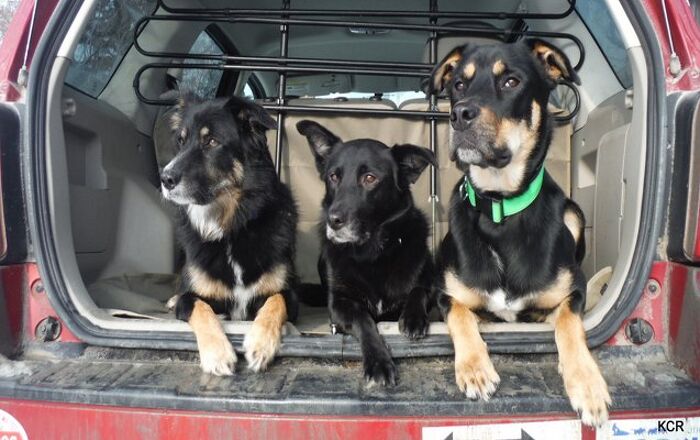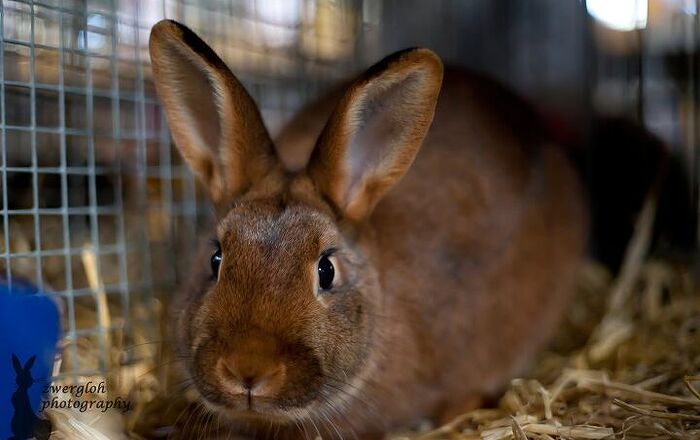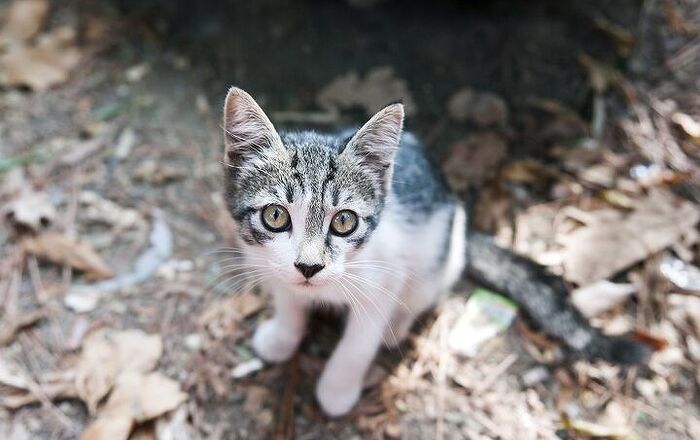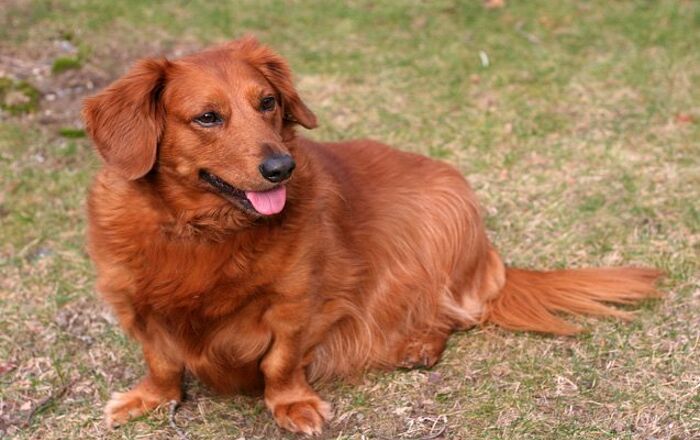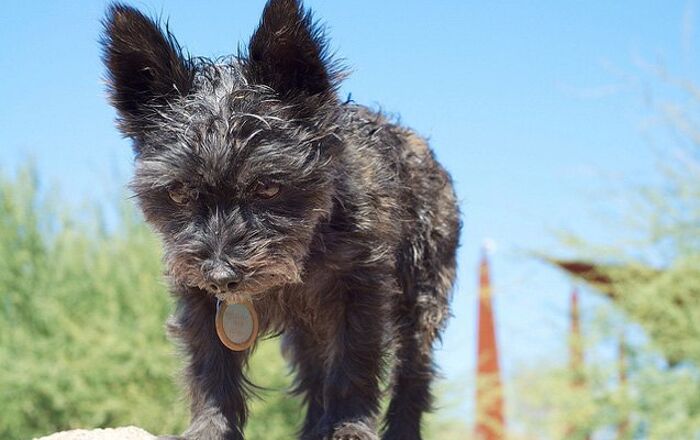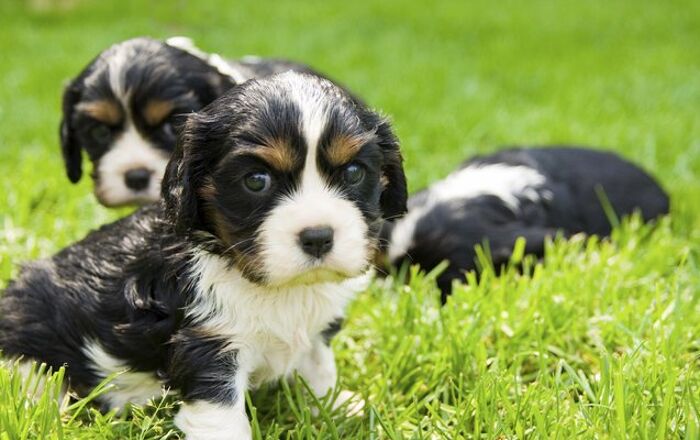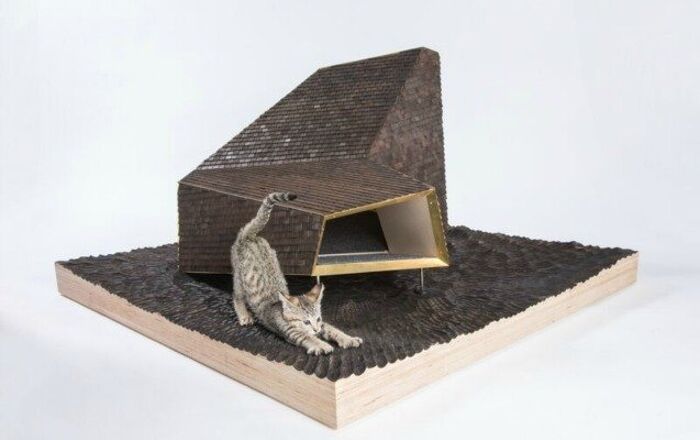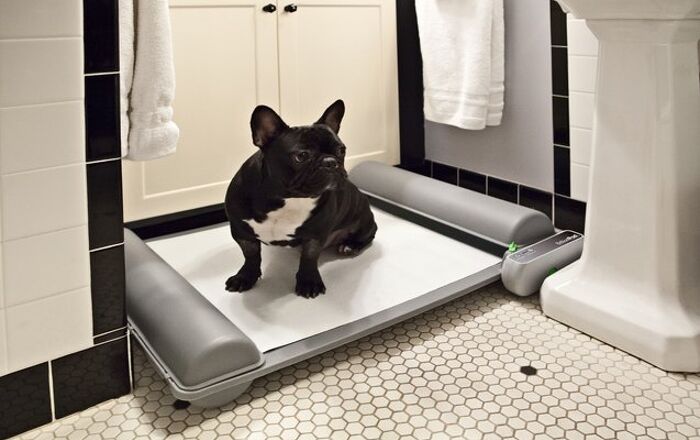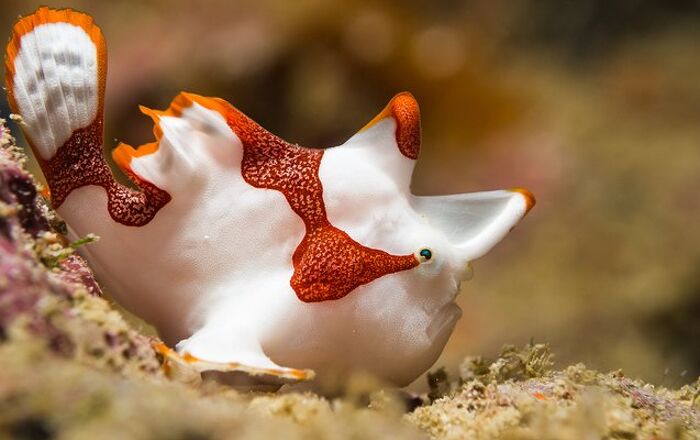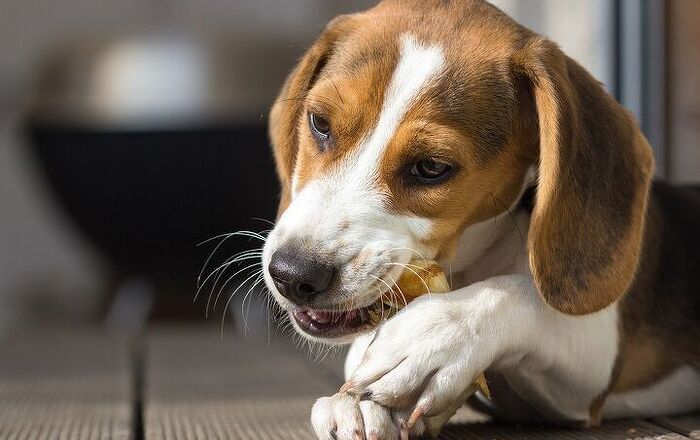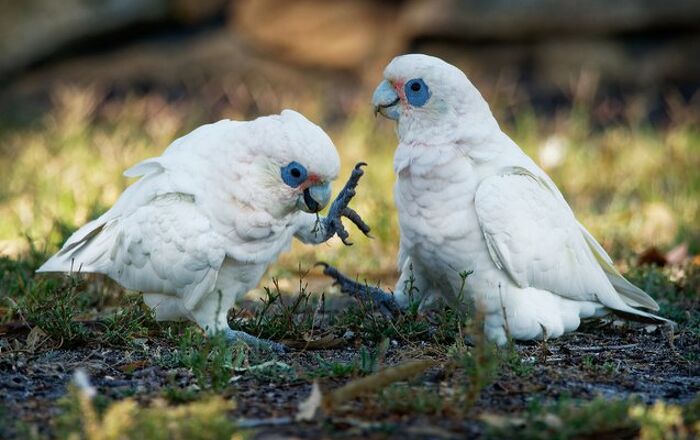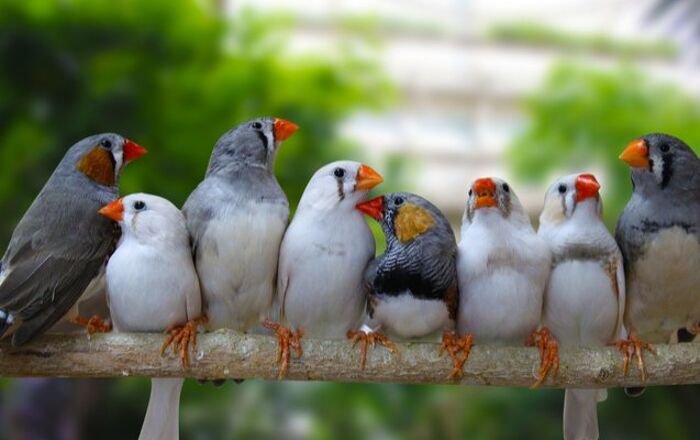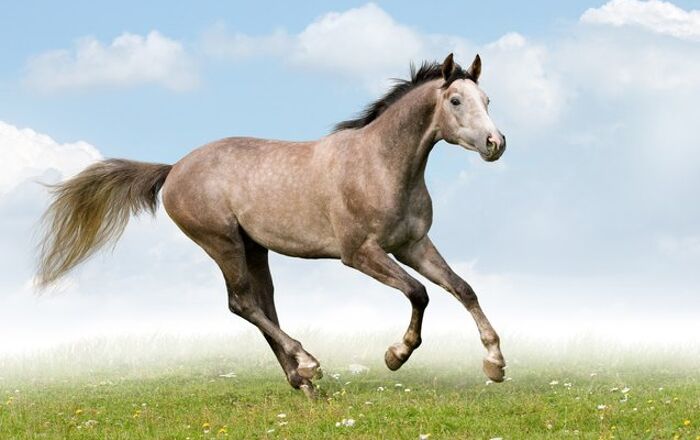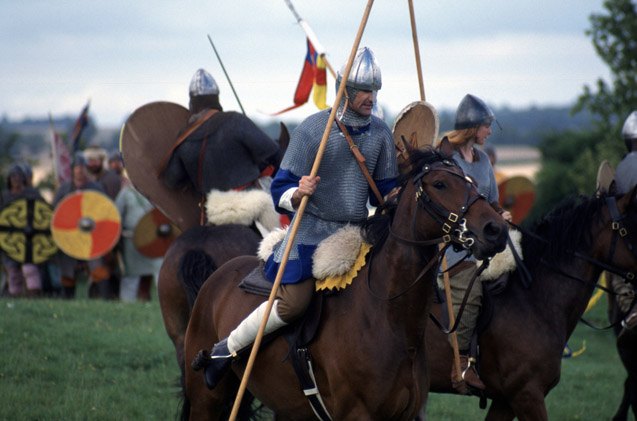
Anglo-Norman Horse Breed History
Developed in Lower Normandy, which is located in France, during the early part of the 19th century, the Anglo-Norman horse is the result of crossing various regional horses in the area with one another and with Thoroughbred horses and Norfolk Roadster horses. Some of the other horse breeds that influenced the development of the Anglo-Norman horse include Russian and British trotting horses.
Over time, several different body types were also created within the overall Anglo-Norman horse breed. Two of those types formed the French Trotter horse, which is a fast harness horse, and the Norman Cob, which is a light draft horse. And while the Anglo-Norman was a general riding horse that was useful in the military, these horses also contributed towards the development and refinement of other equine breeds in both Asia and Europe, such as the Freiberger, Sokolsky, Nonius, Heihe, Oldenburg, and Andravida horse breeds.
The Anglo-Norman Horse was developed in France.
By the middle of the 19th century, Anglo-Norman horses had become popular throughout France, so a breed association was created in 1864. During that time, these horses were used by the French military, and by the latter part of the 19th century, breeding programs for the Anglo-Norman had improved. However, the mechanization of the 20th century caused a reduction in demand for these horses, and World War II also caused many horses to die and breeding centers to be destroyed.
An Anglo-Norman studbook was made in 1950 and the breed started competing in equestrian competitions as a result of the breeders aiming to create sport horses rather than carriage horses and draft horses. Then, in 1958, the studbook was combined with other warmblood saddle horses in an effort to create a national studbook for the Selle Français horse, thereby making the Anglo-Norman an extinct breed. For decades following this merger, however, the Anglo-Norman horses showcased some differences in their conformation, so the bloodlines were still recognizable.
During the 1990s and 2000s, there were efforts to reopen the studbook for the Anglo-Norman horse and to set it as its own separate breed again. This caused some controversy, but the studbook was made official in 2015.
Breed Traits
Anglo-Norman horses could be described as hardworking and patient, as well as quiet and docile. They are brave and can be used for a variety of purposes, including light agricultural work and riding, but they also do well in equestrian sports, including show jumping.
Anglo-Normans feature powerful shoulders and hindquarters.
Overall Description
When the Anglo-Norman breed was further standardized by 1966, the horses began to show some distinct features despite the many breeds that had influenced their appearance along the way. For example, these horses could range from 15.1 to 16.3 hands in height, on average, but some horses will be taller. Other characteristics that help to define the Anglo-Norman horse include a facial profile that is convex and a neck that is long. The hindquarters are also powerful, making these horses great at jumping, and the shoulders are also strong.
Anglo-Norman horses could be described as hardworking and patient.
Colors
The Anglo-Norman horse could feature any of the solid equine colors. However, chestnut is the most commonly seen color amongst these horses.
Grooming Requirements
An Anglo-Norman horse would benefit from a regular grooming routine just as any other horse breed would. Using a variety of equine grooming tools will allow you to keep this horse looking and feeling his best.
Whenever a horse becomes too dirty to clean with a standard brushing routine, you could purchase a gentle equine shampoo to thoroughly clean him. Otherwise, you could start with a hoof pick to completely clean out the debris and dirt that could become lodged in the animal’s hooves. During this time, it is also a good idea to check the hooves to ensure that they are healthy and are not exhibiting any signs of infection or injury.
You could use a curry comb to remove dirt, debris, and loose hair from throughout your horse’s coat, but stick with a body brush to clean the areas of your horse’s body that are more sensitive, such as the lower legs and the head. And, when using flicking motions, you could remove even more dirt and debris with a dandy brush. A mane brush could be used to get the mane to look lustrous, while a tail brush could be used to detangle the tail and make it nice and smooth. Once you have used all of these brushes throughout the coat, it should be clean and sleek, and you could then move on to cleaning any remaining dirt from around the ears and eyes by using a soft cloth that has been moistened with some water.
Photo credit: Sergey Molchenko/Shutterstock; Combatcamerauk/Shutterstock; Ceri Breeze/Shutterstock

